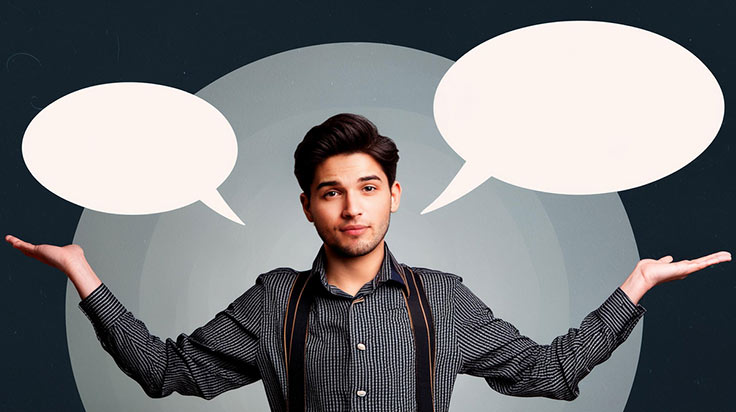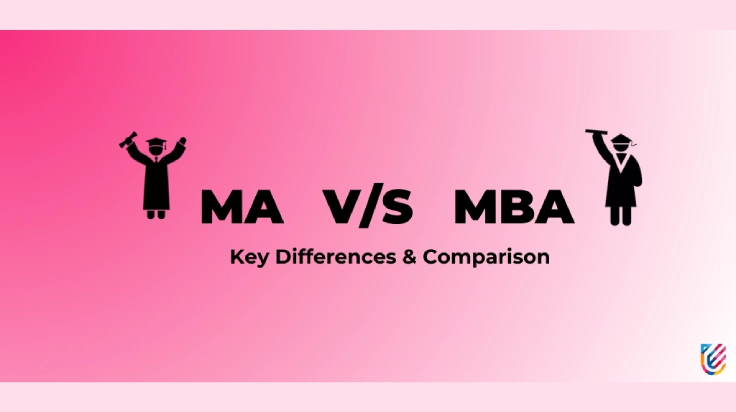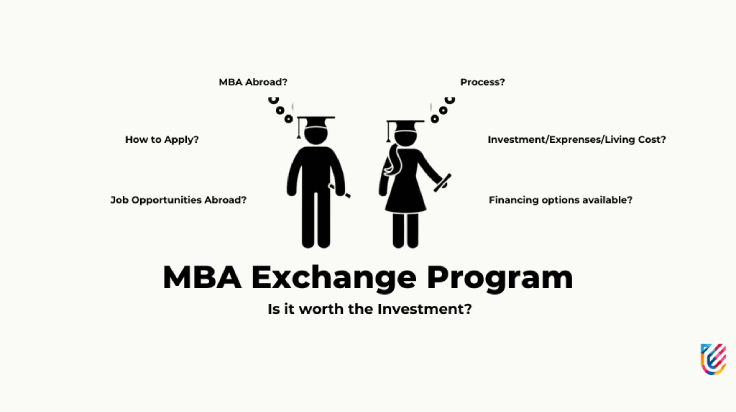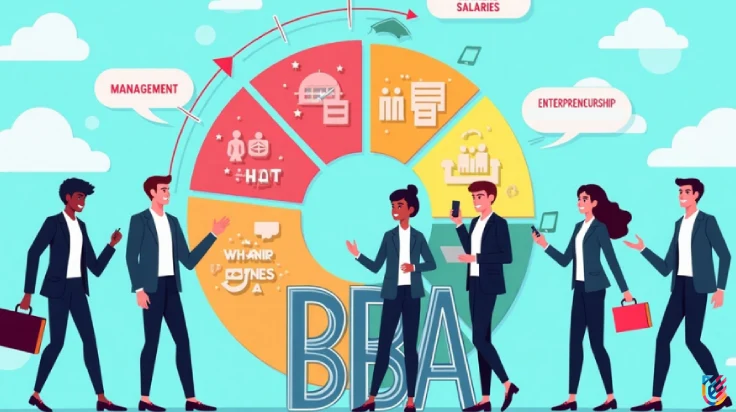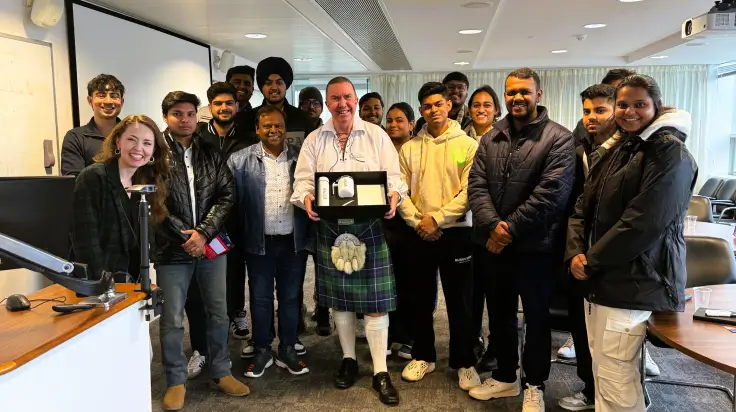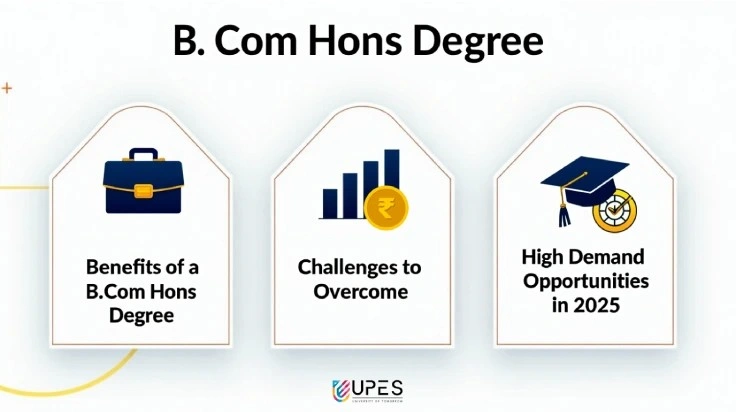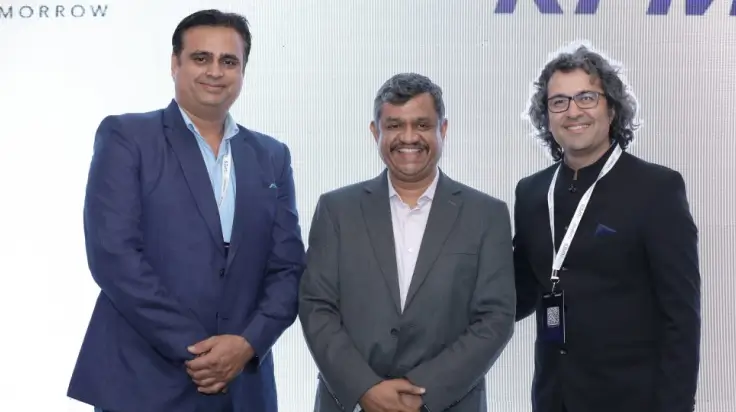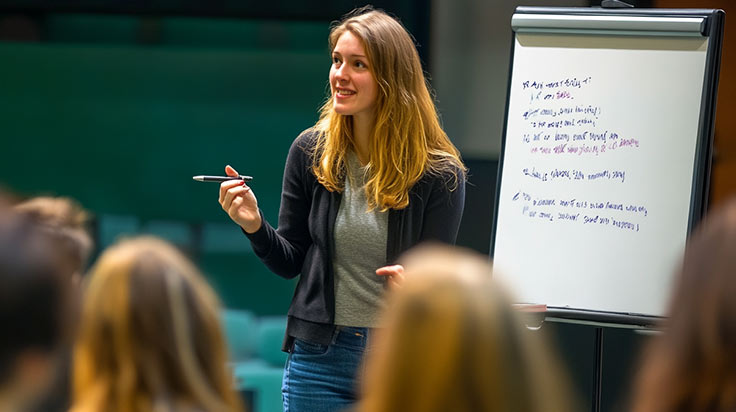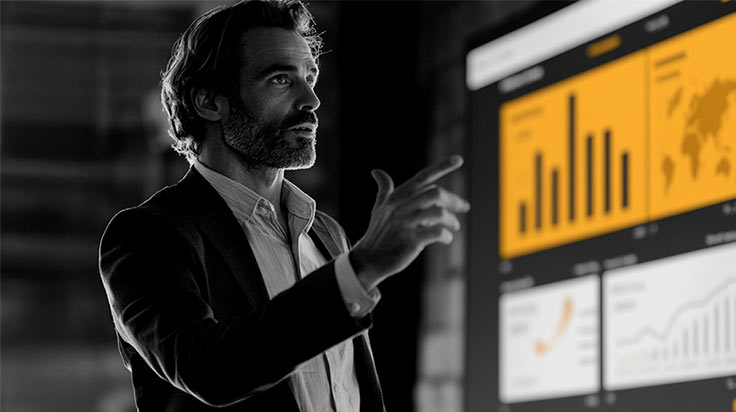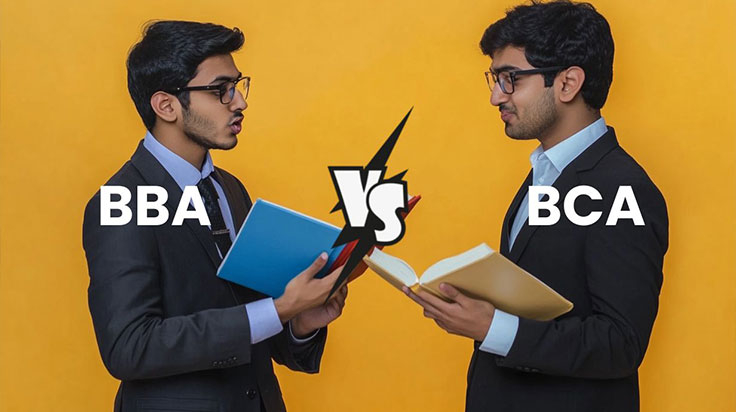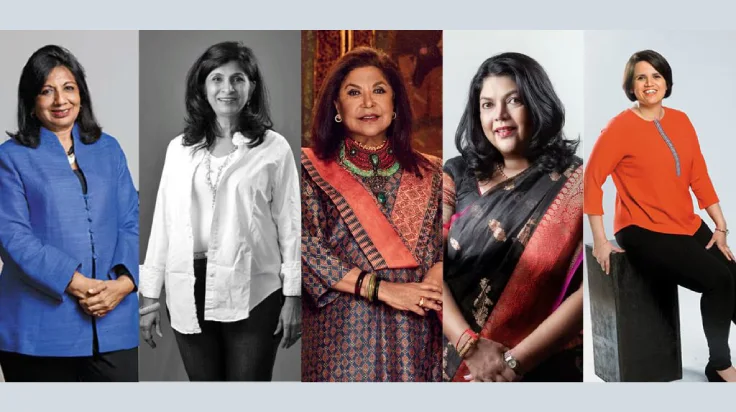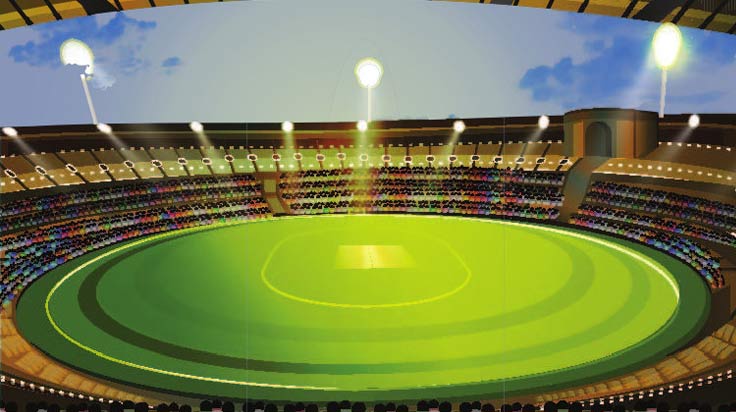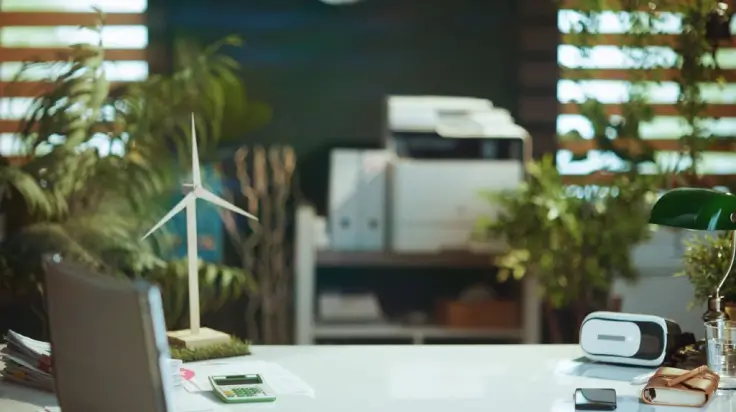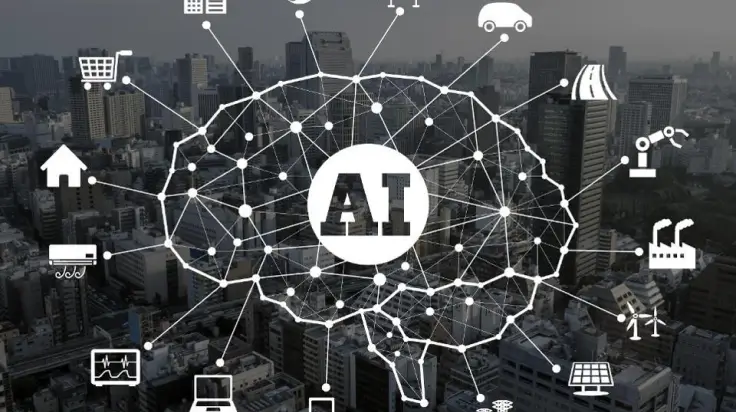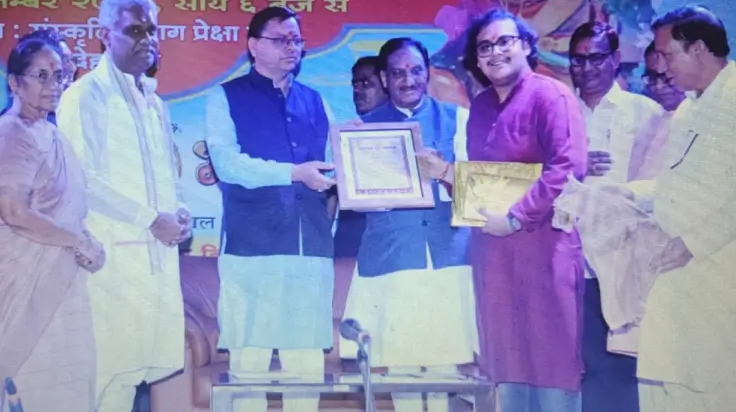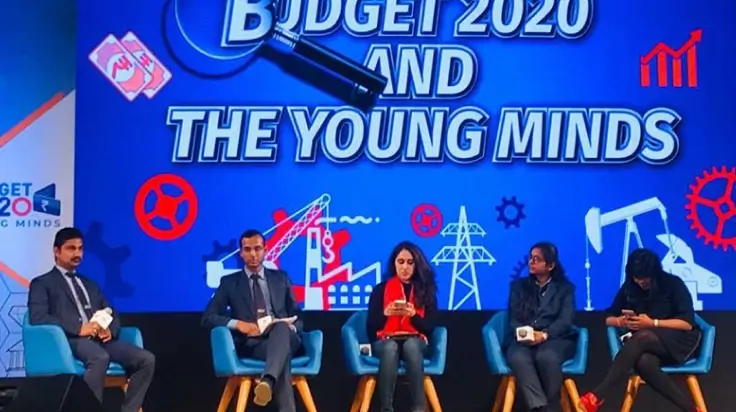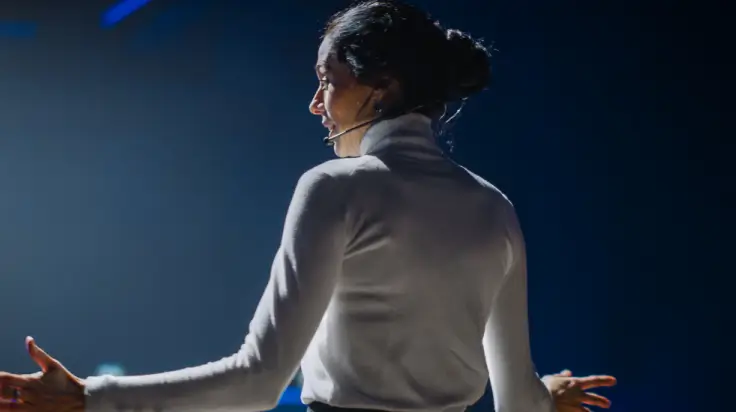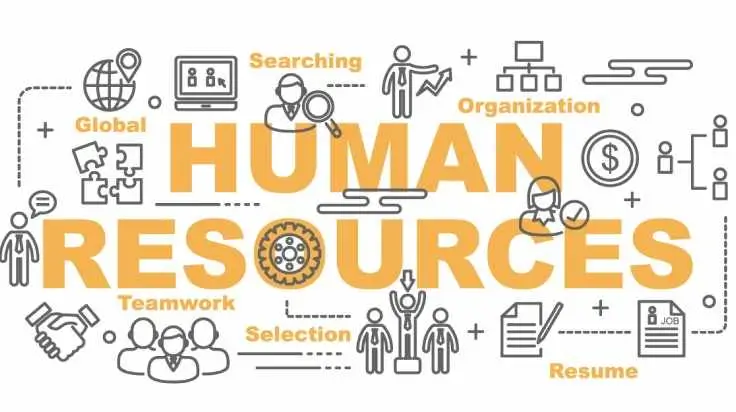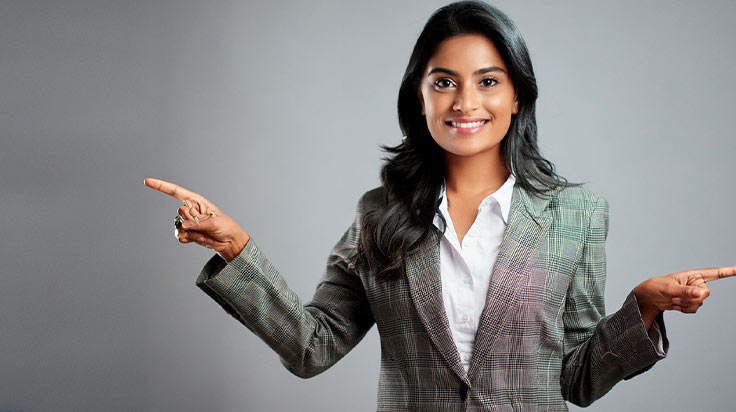
In the last two decades, some of the greatest human innovations have manifested from imagination to reality, owing to Product Design. While this has always been the backbone of design thinking, now with evolving technologies and tectonic shifts in processes, automation and perspectives, there may be a need for a pause to re-evaluate: Do we need topline efficiency and automation at the cost of human thinking and creativity? Most importantly, how do we interpret trends and strategies in the future of design which hinges on technological advances around us, in almost everything, everywhere and every day.
In the last few years, AI has captivated and astounded the entire planet with its proficiency, intelligence, speed, and evolution. But first, let’s examine the basics. Design is all pervasive and will continue to evolve and realign itself with the changing environment and other dynamics of the VUCA world. Its diverse repertoire –from products to services, user experiences to diverse environments — have always catalyzed designers to constantly push the boundaries and even deconstruct aspects to create innovative solutions for tackling emerging and unforeseen challenges.
Therefore, the future design trends and strategies will leapfrog into the digital medium and sensibilities, products, and businesses will be re-aligned accordingly.
Typically, any design or product design revolves around these parameters of design thinking which is – human-centric, user-centric design, emotional design, and simplified design. That won’t change. It will just progress as per the changing environment, aspirations and demands. Technological tools and iterations will scale up product design in the future. Interestingly, the creative aspects of design that require an innovative approach, out-of-the-box thinking, and creativity have not been impacted much, so far. It’s an uptick for AI on the technical side of Product Design that is more process-oriented.
The current trends in Product Design include IoT, simplified design, human-centered design, and inclusive design. And this may continue for another decade, or more. And of course, the question of sustainability will also be relevant and applicable as technology continues to expand.
As designers, we create options for the end user but when machines come into play fully, then there are possibilities that the human mind is blocked from thinking more creatively. A machine is certainly useful in surveying a large section of people for evaluations and getting more measurable and accurate results as compared to a human. But creative intervention by a machine seems like a very speculative scenario, for now. Designers, industry, and governments also need to think about data governance, regulations and laws while creating constant tweaks with evolving technologies. It also means training government wings to deal with technology and understand it. Therefore, future product design strategies and trends will also be driven by a degree of safety and regulations.
Futuristically, we can expect meta-design where the digital medium is the primary driving force of everything, while other forms of design still co-exist. Many technologies of today will become obsolete going ahead therefore we need to put more thought and care into design processes and evaluate what our expectations really are, in the future. Hence future-proofing design is critical to creating a future we aspire to.
Manas Ranjan Mishra
The writer is Manas Ranjan Mishra, Professor, Industrial and Product Design, UPES School of Design
UPES Admission Enquiry
Trending Post
Related Articles
Subscribe to UPES Blogs
Join our community for exclusive stories, insights, and updates
By clicking the "Subscribe" button, I agree and accept the privacy policy of UPES.









